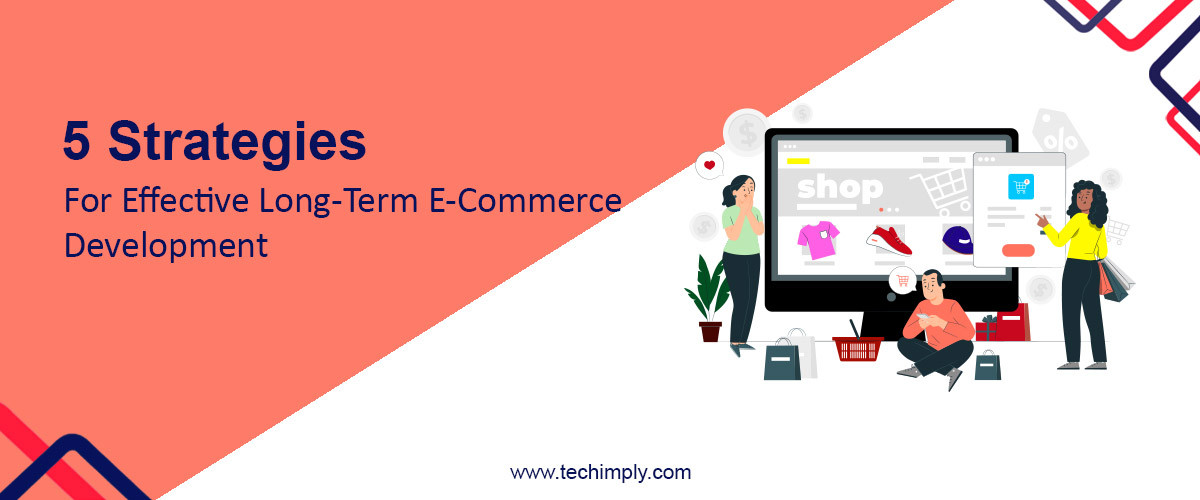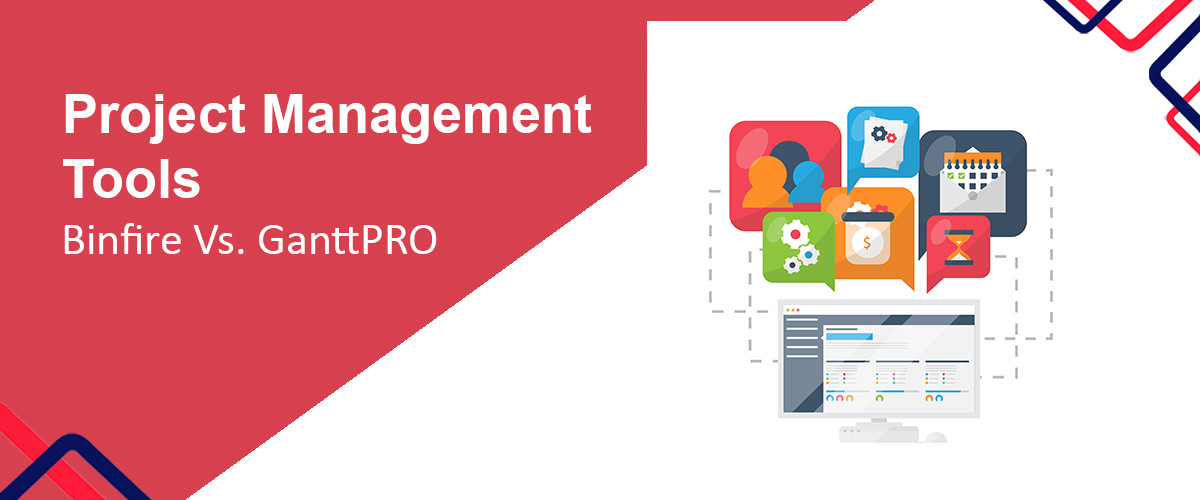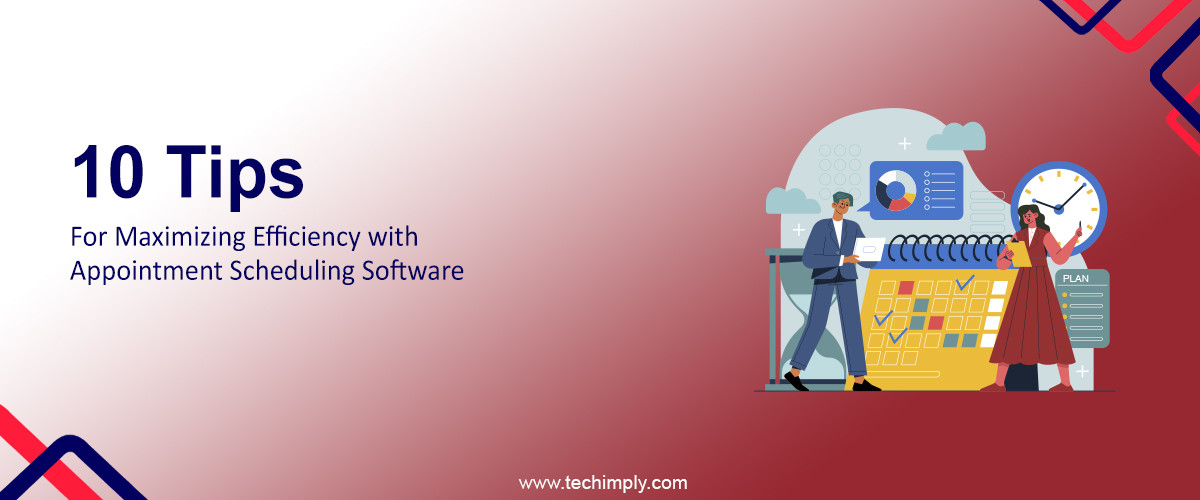Starting an e-commerce business in 2023 is not for the faint-hearted. From launching a website to streamlining the logistics, it appears there are many hurdles to overcome. With hundreds of new businesses on the rise and rapid technology advancement, your traditional e-commerce strategies will no longer be useful.
However, with well-thought strategies in the infancy stage of the business, there is no denying that your business should take off smoothly. In fact, the more thought you put into your strategies today, the easier it is for you to navigate the challenges of the e-commerce world tomorrow.
What are E-Commerce Strategies?
Plans and techniques that maximize your business operations, sales, and goals are known as e-commerce strategies. Each business has its own unique needs; thus, each business requires a tailored set of interconnected plans. For long-term e-commerce development, you need to consider three main strategies: customer relationships, product strategy, and corporate analysis.
Let’s explore the following five strategies for effective long-term e-commerce development.
- Know Your Customers
The key to successful e-commerce development is to know your customers - their needs, wants, motivations, demographics and purchasing patterns. Once you understand who your customers are and what they want, you can customize your products, marketing efforts, and customer service to meet their requirements.
There are several ways to get to know your customers. Accomplished e-commerce businesses conduct market surveys, evaluate web traffic, or talk to customers directly. The better you understand your customers, the more they can assist you in establishing a robust e-commerce plan.
- Offer Excellent Customer Experience
With so many new businesses taking the stage, customers have more choices than ever before. Ultimately, this means e-commerce businesses are competing to offer the best customer experience to retain their clientele. This results in businesses offering great customer service, a user-friendly interface, smooth and multiple payment options, fast shipping, and easy navigation.
Successfully tracking your customers’ lifecycle is also the result of a great customer experience for an e-commerce business. However, this requires responding to customers’ queries, resolving their concerns efficiently and quickly, and providing an excellent user experience.
Many e-commerce businesses underestimate a user-friendly website, which is imperative to the long-term success of a business. Your customers should be able to easily navigate through your web pages to find the products they are seeking, add them to the cart, and checkout without any hiccups.
Not to forget - fast shipping and post-purchase experience matters too. Customers want their deliveries as soon as possible. If your supply chain is optimized and efficient, you’re already two steps ahead of your competitors. Adopting a multi-carrier shipping label app can also be a time-efficient means of delivering a seamless delivery experience for your customers.
- Invest In Marketing
Regardless of how great your product or customer service is, the chances of your success are low if no one knows about your business. There is an abundance of marketing channels to invest in depending on the needs of your e-commerce business.
Some popular options include:
- Email marketing
- Influencer marketing
- Social media marketing
- Search engine optimization (SEO)
- Pay-per-click (PPC) advertising
The key to a successful marketing plan is to find the one that works best for your business. Some established businesses invest in promising project management software to help track the success of their marketing efforts, helping them to evolve and adapt marketing operations as their business expands.
- Set S.M.A.R.T and Long-Term Goals
Once the foundation of your e-commerce development is in place, it’s time to establish long-term goals to witness your growth and expansion.
To create a strong vision statement, start with these baby steps:
- Where do you see your business, products, or brand in the next 5, 10, or 20 years?
- What steps do you need to take for your dreams to become reality?
- What KPIs will you employ to measure success?
A great way to get started on KPIs is to consider acquisition costs, revenue growth rate, and customer lifetime cycle. As your business grows, you should consider hiring a professional to help you develop more specific metrics, such as sales revenue or net promoter score.
Remember to align your vision statement to the SMART goal structure (specific, measurable, achievable, relevant, and timely). For instance, you might want to introduce a few new product categories that fit your USP in the next 10 years.
- Familiarize Yourself with the Latest E-Commerce Trends
The e-commerce world is constantly changing, so it's crucial to keep yourself informed on the latest trends in the industry. This comprises monitoring technological evolution, consumer behaviour alterations, and emerging markets. With one step ahead of your competitors, you can set yourself up for long-term success.
Some recent e-commerce trends to note are:
- The surge of mobile commerce: Mobile e-commerce is already taking the market by storm, and its importance in the future will only grow. In 2022, mobile e-commerce was responsible for 72.9% of all e-commerce sales worldwide. This signifies that businesses need to ensure their apps and websites are user-friendly and mobile-friendly to accommodate more buyers.
- Social commerce: The rise of social e-commerce is another trend we'll see more of in the future. YouTube, TikTok, and other social media channels are becoming both popular and valuable for purchasing and reaching a wider audience.
- Rise of live streaming: Live streaming has only recently gained popularity in the e-commerce world. It enables businesses to talk to their customers in real-time and introduce their products firsthand. Live streaming is a great way to generate sales and increase customer engagement.
- Machine learning and artificial intelligence: Many businesses already utilize artificial intelligence and machine learning in their everyday processes. AI can be employed to enhance customer experience, personalize product recommendations and streamline marketing campaigns. Moreover, it can help you leverage the benefits of WMS by optimizing warehouse operations, improving inventory accuracy, and increasing order fulfillment efficiency.
If you want your strategies to be effective for long-term e-commerce development, you need to be aware of these trends and how they might impact your business. What’s even more important, is that you are willing to experiment and adapt new changes to your strategies.
Develop A Successful E-Commerce Strategy
While the strategies mentioned above are valuable to the success of any e-commerce business, it’s also important to ask yourself some crucial questions before you launch.
-
Have you done your market research?
- What is your target market, and how do they perceive your product?
- How will you source your products?
- Do you have a contingency plan for economic instability and shortages?
- Considering your product line, are you planning on diversifying, offering customization and more variety?
- How do you plan to brand your business? Consider a logo, color theme, business name, and brand voice.
- What will be your primary sales channel, Social media, Cold calling How will customer retention impact your sales?
These questions can be overwhelming for someone just starting their e-commerce business, but they are also critical for ensuring your success in the long term.
The best part is that you only have to ask yourself these questions just once. Asking yourself the hard questions at the basic level will simplify your approach when your business moves vertically.
Stay Ahead Of The Curve In E-Commerce Development
It’s easier said than done - but to make it big, you need to learn to adapt and evolve your business.
- Collaborate with other businesses: Finding new business partners can help you find new customers and expand your business.
- Make the most of data: The data you collected at the start of your business can be useful in improving your marketing, customer services, and product offerings.
- Attend networking events: Networking is an effective way to learn about new e-commerce trends and meet professionals who were once in your shoes.
- Think big: Think big and think creatively. There is nothing wrong with thinking outside the box and trying new ways to connect with your customers.
- Harness social media: Stay active on social media and promote your brand. Answer customer queries and learn more about their preferences.
Conclusion
By using these strategies, you can build a successful and effective e-commerce business that will help you in the long term in achieving your goals and sales.
And don’t forget, the best businesses are those that revisit their old strategies in order to create newer ones. Don’t be afraid to take chances - update your mission, tweak your goals, and refine your developmental plans to replace them with well-researched, industry-proven techniques.
Here are a few additional strategies for effective long-term e-commerce development:
- Create a strong brand
- Develop a compelling value offer
- Offer a variety of goods and services
- Make online shopping easy for your customers
- Offer top-notch customer experience (CX) and user experience (UX)
- Spend money on promotions and marketing
- Keep track of your results and make adjustments along the way
Long-term e-commerce development comes with its own set of challenges and complexity. From marketing to investment, supplying to shipping, business owners face it all.
The need for one-solution-for-all demands you hire an e-commerce expert who understands your business, your customers, and your strategies. You need to hire someone who can walk you through the phases of your e-commerce development. This includes planning, analyzing market trends, and developing and implementing your business plans.






